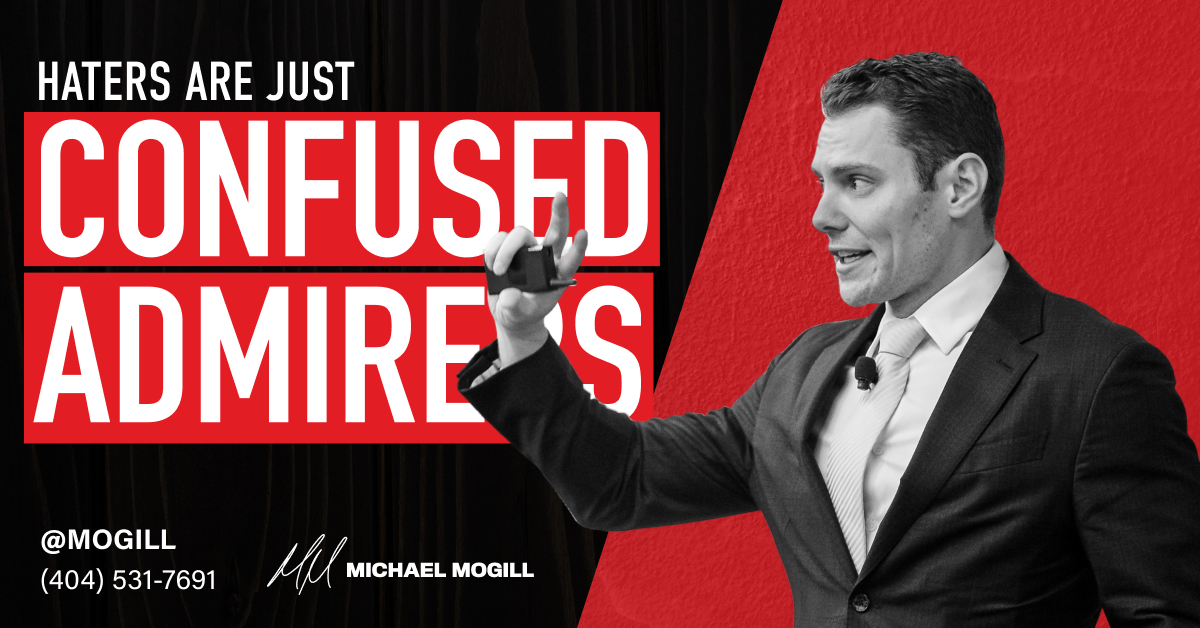If you’ve got a team of 3, 4, 5 people — even 10 people — it’s a lot easier to keep everybody in line. It’s a lot easier to maintain the culture because you’re right next to everybody.
I remember in our first office, we all sat in the same room. It is very easy to manage the culture in that case.
But as you grow and you introduce more people and more complexity into the organization, maybe you’re not seeing everybody every single day. Maybe there are certain people you meet with, but others you don’t meet with. Once you reach 100 people there are most likely people you have never even met that are on your payroll that you pay every single two weeks — and you have never even met them.
This used to seem like a wild concept to me. How could that ever happen? But it does.
I used to interview every single person. That meant that I would meet every single person before they’re hired. But now we delegate authority to a lot of our leaders, so the only people that I’m interviewing are the executive leadership candidates.
We’re hiring all the time. The company’s growing, and I’m not making those hiring decisions for every single role. Otherwise I would be a bottleneck.
So how do you preserve the culture in this case?
We hear about this with a lot of firms. They start to expand. They start to have multiple locations, multiple different practices, and sometimes offices in different cities or different states.
They tell us, “At our home base, the culture is great — but how do we keep it consistent in this other location? They’re just behaving differently over there than they are over here. How do we keep this aligned? I can’t just travel and visit every single office, every single day. I can’t be in multiple places at the same time.”
Here’s what it really comes down to. As your organization scales, you’re going to have more complexity. If you want to keep your culture aligned, you’re going to also have to be able to scale yourself.
The best way to do that is to grow your leadership team and to make sure that you are aligned with your leaders.
I can’t possibly make sure that everybody’s doing everything they need to be doing all the time, and that they’re behaving in the way they need to be behaving, and that they’re aligned with our values all the time. It’s just impossible. I wouldn’t even have the bandwidth to do it. I have the same number of hours in a day as everybody else.
So we rely on our leaders. We have good rhythms where every single week we meet with our executive leadership team, and we make sure that we are in alignment.
As long as you are in alignment with that department head — with that leader — then they’re going to pass along that same messaging and they’re going to reinforce the same standards.
You can preserve that culture that way.






